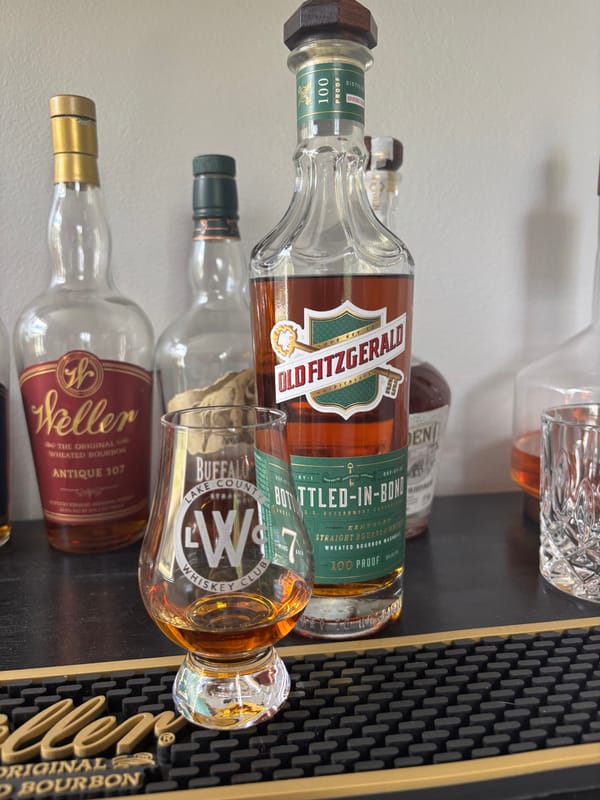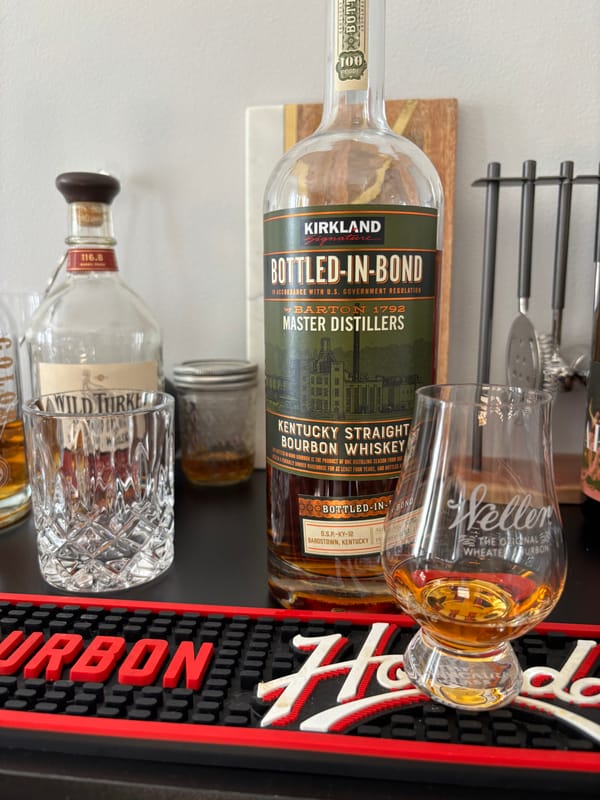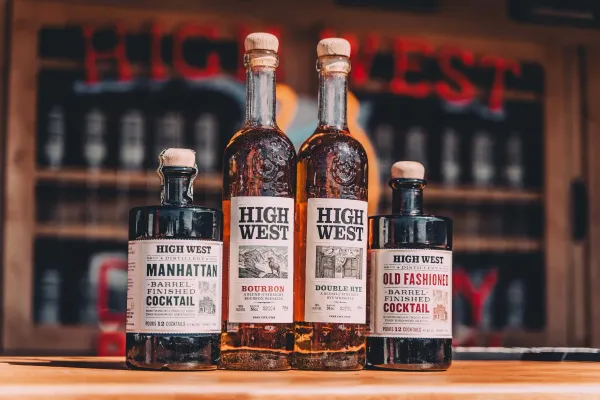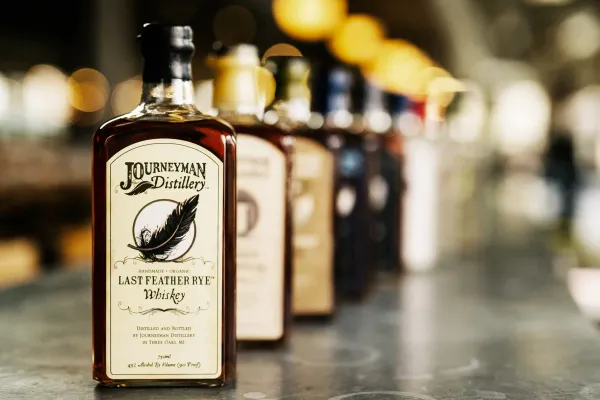Whiskey Proof Unlocked: The Potency Puzzle You’ll Wish You’d Solved Sooner

Proof: The Whiskey Strength You Can’t Dodge
Proof’s that number on every whiskey bottle—if you don’t know what it means, you’re guessing at its power. It’s law-bound and flavor-defining. Here’s the absolute truth about whiskey proof, rooted in U.S. rules, and why it’s your 2025 must-master.
What Does Proof Mean for Whiskey?
Proof doubles alcohol by volume (ABV)—80 proof is 40% ABV, 100 proof is 50%. Bourbon and rye must distill to 160 proof max, barrel at 125 proof max, and bottle at 80 proof minimum. Cask strength skips dilution, hitting 100-140+ proof—every number’s a legal checkpoint.
How Proof Shapes Whiskey
Distillation caps at 160 proof, keeping grain flavor intact, then water cuts it to 125 proof for barreling. Aging—two years or more—shifts proof as water or alcohol evaporates, and bottling adjusts it to 80 proof or higher—or not, for cask strength. Every step’s locked by law, no exceptions.
What Proof Means in Your Glass
At 80 proof, whiskey’s smooth—corn’s sweetness or rye’s spice shines gently. At 100 proof, it’s bolder—flavors deepen without burning. Cask strength (100-140+) packs heat—raw and rich, every sip’s a punch. Proof’s the dial—law sets its range, taste sets its vibe.
Why Proof Matters in 2025
Proof’s whiskey’s pulse—by 2025, decoding it could transform your pour, from mellow to mighty. It’s the truth in every bottle—know it, sip it. Curious about proof’s power? Check out NEAT: Whiskey Finder—it’ll help you track down bourbon and whiskey near you.





